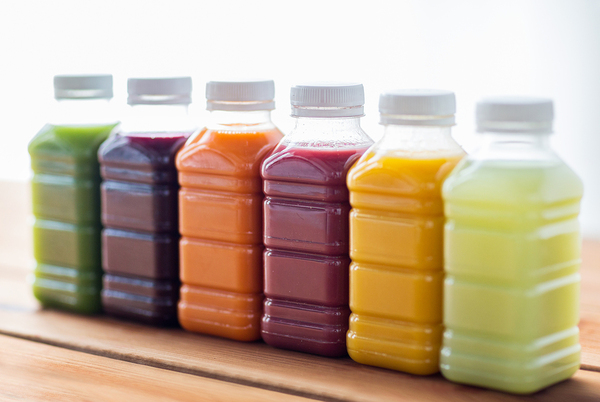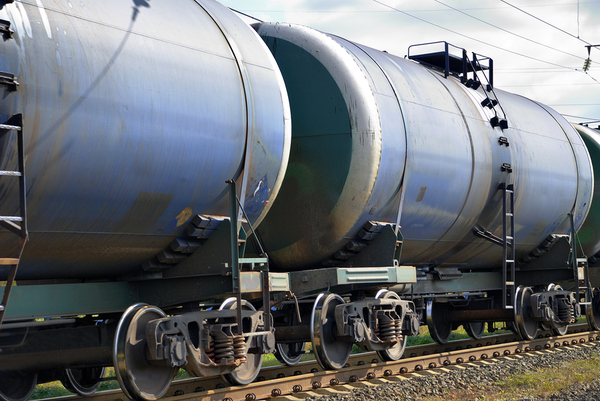In the classic 1967 movie The Graduate, Mr. McGuire famously recommends that Benjamin Braddock, Dustin Hoffman’s character, consider the plastics industry. “There’s a great future in plastics. Think about it. Will you think about it?”
Mr. McGuire was right, of course, but in the half-century since then, the world has learned what some of the downsides of petroleum-based plastics are. In particular, the fact that they are made from non-renewable resources and take around 1,000 years to break down has resulted in environmental problems.
 Bioplastics are expected to preserve the advantages of petroleum-based plastics, with far fewer disadvantages.
Bioplastics are expected to preserve the advantages of petroleum-based plastics, with far fewer disadvantages.
Bioplastics could change that. Made from agricultural waste or waste from potato or corn starch, bioplastics have the advantages of petroleum-based plastics, including their resistance and versatility, but they are also completely degradable and made from renewable resources. Within a decade, they are expected to account for 10 percent of European plastics, while India and China become major producers of bioplastics as well. Here are five ways bioplastics will help manufacturers make packaging design more sustainable.
1. They May Do Away with Harmful Additives Like Phthalates
Common plasticizers like phthalates cause many health and environmental concerns due to leaching as plastics age. New possibilities of bio-based plasticizers like fatty acid derivatives and epoxidized soy oil are expected to overcome many of these problems. What is more, bio-derived plasticizers may offer new plasticizer features that could expand their functionality and improve their safety. Edible food packaging is one possible result!
2. They Preserve Flavors and Scents Of Foods Without Changing Them
Bioplastics are proving their mettle in terms of protecting food flavors and aromas. Many of them are capable of reducing moisture loss, cutting down on lipid oxidation, and actually improving flavor attributes while also improving handling properties, maintaining food colors well, and enhancing microbial stability. Biodegradable packaging made from milk proteins is being developed and is expected to be 500 times better at keeping oxygen away from foods.
3. They Require Less Energy to Produce
When organic materials like starches and wood fibers are substituted for petroleum-based ingredients in plastics, the amount of greenhouse gas emission associated with plastic production drops. Simply reducing production of petroleum-based plastics by 10 percent saves the equivalent of 280 million barrels of oil every year. That reduces carbon dioxide emissions

Bioplastic production results in less greenhouse gas emission than ordinary plastic production.
4. They Reduce Need for Non-Biodegradable Packaging
Perhaps the most obvious way that bioplastics can help manufacturers improve packaging design sustainability is by reducing the need for non-biodegradable packaging. The more bioplastics are used, the less petroleum-based plastic will go into the waste stream. Recovery of bioplastics has not gained a lot of visibility yet, but bioplastics made from polylactide acid (PLA) behaves like polyethylene and polypropylene, while being compostable.
5. They Are Gaining Legislative Support
In May of 2017, the senate in the state of Maine approved a bill in support of that state’s emerging bioplastics industry. It provides money for competitive grants for development, production, and marketing of bioplastics. European Union policies are evolving to encourage use of bioplastics (one reason Europe is expected to lead the world in bioplastics use), and USDA certification programs for bioplastic products have expanded significantly since 2014.
Packaging design evolves along with consumer demands, environmental responsibilities, and the state of the technology that produces packaging materials. Bioplastics are gaining stature worldwide as excellent alternatives to petroleum-based plastics. Not only can bioplastics rival petroleum-based plastics in terms of durability and practicality, they help preserve food flavor, and many are compostable. Moreover, legislation on state, national, and multinational levels (such as in the EU) is promoting the use of bioplastics. As a result, manufacturers will have an additional option for addressing packaging design sustainability goals.
 |
 |







